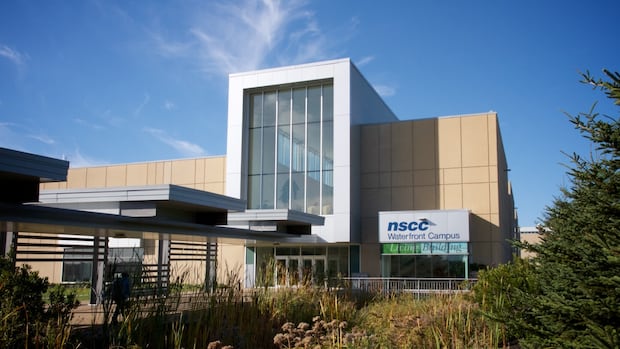Here’s how many people paid full price for the N.S. school lunch program

Nova Scotia mother, Katie Armstrong, has always found packing lunches to be a hassle in the mornings. So, when she heard about the provincial government’s launch of a lunch program at elementary schools across the province, she was thrilled. The program, which operates on a pay-what-you-can model, started rolling out to schools last fall, including the one her son, Henry, attends. The program aimed to make food affordable and accessible to all students without placing financial expectations on families.
Armstrong decided to pay the full price for her son’s lunches in the hopes of offsetting the cost of the program for other children. Initially, she paid the full six dollars for each meal, but as Henry expressed his dislike for some of the menu items like fish cakes and black bean tacos, she reduced the payment to four dollars. Henry, being a picky eater, was not a fan of some of the meals and found the pizza to be disappointing.
As the lunch program enters its second year this fall, Armstrong is not alone in her concerns. Through surveys and declining payment amounts, some parents have expressed a desire for changes in the program. Initially, about four percent of meals received full payment, but by late April, that number had dropped to two percent. Parents have raised questions about food variety and quality, hoping for menu tweaks in the upcoming year.
Despite her reservations, Armstrong believes in the importance of a school lunch program for all children, regardless of their ability to pay. She hopes for new options to be introduced in the menu to cater to different tastes and preferences. Henry, who is seven years old, expressed mixed feelings about the program, enjoying some items like red sauce pasta but feeling indifferent towards others.
Aimee Gasparetto, the executive director of Nourish Nova Scotia, acknowledges the valid concerns raised by parents regarding food quality and variety. She believes that some menu changes will be implemented in the coming year to address these issues. Gasparetto emphasizes the importance of the program in easing financial and time pressures on families and ensuring that every child has access to nutritious food at school.
Despite the challenges faced by the program, Gasparetto highlights the positive impact it has had on students who were previously going without food. The program, which serves all public elementary schools in Nova Scotia, will expand to junior high schools in the fall. Gasparetto stresses the need for time to adjust the program to meet the unique needs of students in different regions.
In a province with the highest child poverty rate in Atlantic Canada, the school lunch program plays a crucial role in addressing food insecurity issues. The program is not just about cost recovery but about building a more equitable system to ensure that no student goes hungry. The provincial government has allocated a significant budget for the program, with plans for menu improvements, quality assurance tools, and sustainable packaging in response to feedback.
Katie Armstrong remains committed to the program despite her concerns and plans to continue ordering meals for her children. She believes that there is always room for change and improvement and is hopeful that the program will evolve to better meet the needs of students. As the program enters its second year, Armstrong is optimistic about the potential for positive changes and the impact it can have on students across the province.



